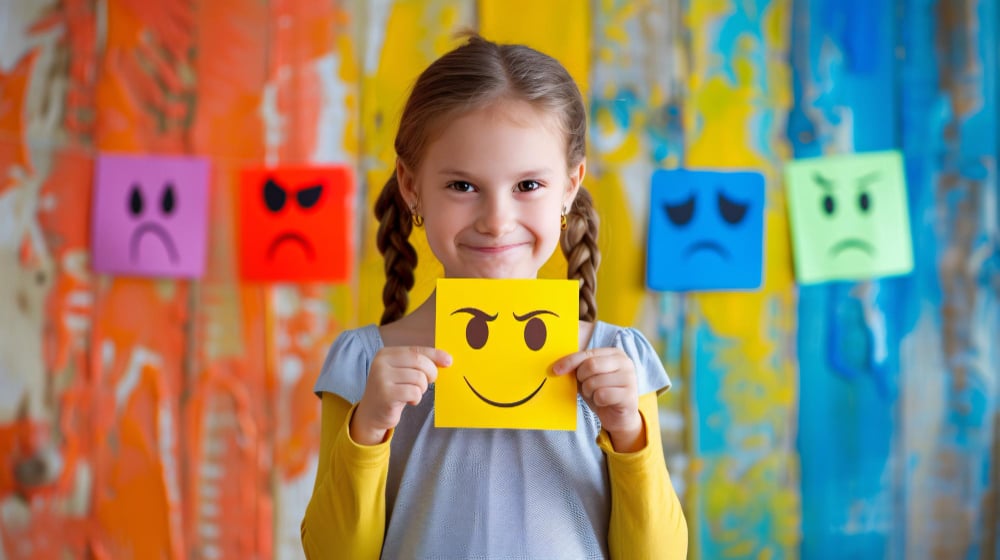Young children learn more than academics in #preschool—they learn how to feel, interact, and become kind, confident humans. In this article, we’ll explore why social-emotional learning (SEL) is essential in #early-childhood education and how caregivers and #educators can support it gracefully and intentionally.
Don’t forget: if you find these ideas useful, follow ChildCareED on social media for more tips, research, and tools for early childhood professionals!
🤔 What Is Social-Emotional Learning (SEL) in Early Childhood?
At its core, SEL involves helping young children understand and manage their emotions, form positive relationships, make responsible decisions, and empathize with others. In early childhood, SEL is not a standalone program—it’s woven into daily interactions, routines, and the #classroom climate.
🧠 Why Is SEL So Important in the Early Years?
-
Foundation for learning – Children who feel #safe, respected, and emotionally supported are more open to exploring, asking questions, and persisting through challenges.
-
Better relationships – SEL fosters cooperation, #empathy, conflict resolution—skills that help children succeed socially, not just in school but in life.
-
Emotional resilience – Early SEL gives children tools to bounce back from frustration, disappointment, or challenges.
-
Long-term outcomes – Research links strong social and emotional skills in early years to better academic, social, and #mental- #health outcomes later.
🛠️ How Can Educators Promote SEL in Young Children?
-
Model emotional awareness – Use “I feel … because …” #language to demonstrate naming and expressing feelings.
-
Create a safe, caring classroom #culture – Set clear expectations, routines, and consistent guidance so children feel secure.
-
Provide structure for expression – Offer tools like feeling charts, calm-down corners, and emotion vocabulary.
-
Foster peer interactions and cooperative #play – Encourage turn-taking, group projects, empathy in play scenarios.
-
Reflect and debrief – After conflicts or big emotions, talk with children: “What were you feeling? What helped you?”
To deepen your professional practices, check out these ChildCareED courses:
📋 What Does an SEL Lesson Look Like?
You can design small, intentional experiences around emotions. For instance, introduce a feelings chart, role-play calm-down strategies, or invite children to name and draw how they feel each day.
Here’s a helpful resource you can use or #adapt: Sample Emotional Skills Lesson Plan: Feelings & Calming Choices (All Ages)
For more context and inspiration, see our companion article Nurturing Hearts and Minds: The Critical Role of Social-Emotional Learning in Early Childhood.
✅ How Do You Know SEL Is Making a Difference?
You can monitor and support SEL #growth by:
-
Observing children’s conflict resolution, emotional expressions, and responses over time
-
Documenting stories or notes about social interactions
-
Reflecting with the team or with families on changes and insights
-
Adjusting your environment, support tools, or strategies in response to specific needs
💞 Final Thoughts
SEL in early childhood is not a “soft add-on”—it’s the heart of a #healthy, dynamic learning environment. By intentionally nurturing emotional awareness, relationship skills, and empathy, educators prepare children not just for school, but for life.
If you enjoyed this article, follow ChildCareED on social media to stay connected with the latest research, strategies, and resources for early childhood professionals. Let’s build compassionate, emotionally intelligent learners—together.
 💖Heart & Harmony: Why Social-Emotional Learning Matters in Early Childhood
💖Heart & Harmony: Why Social-Emotional Learning Matters in Early Childhood